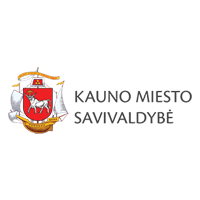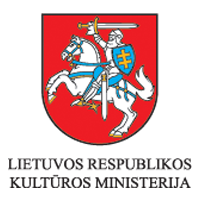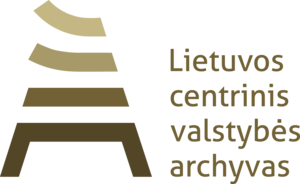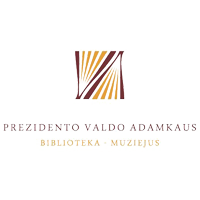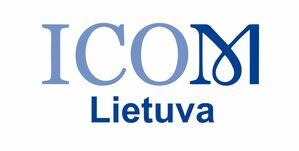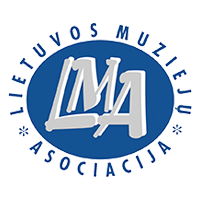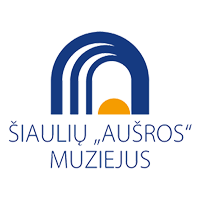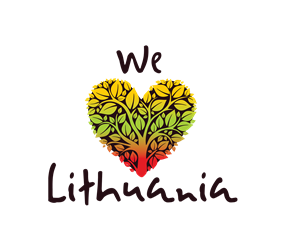In the year 2015 we are celebrating the 130-year anniversary of the birth of Aleksandras Stulginskis, the President of Lithuania. When sharing memories of his friend, Reverend Mykolas Krupavičius wrote: “Stulginskis was performing his presidential duties as expected, honorably as well as beneficially for Lithuania. From aside it looked as if he had been born for exactly this position and these duties. But no. He achieved all of this by working. He studied everything thoroughly; he learnt everything he had been lacking. […] And the top hat was standing firm on his head, and the tailcoat felt like it was in the right place”.
As a matter of fact, to be the President while Lithuania was undergoing the processes of creation was not easy; however, the youngest president in Europe dealt with his duties quite successfully despite the awful lot of challenges. According to Aleksandras Stulginskis, “when building the palace of the State”, the tasks that were awaiting him included “the union of the body parts of Lithuania into the single body”, the establishment of the recognition of Lithuania, the adoption of the Constitution of Lithuania, the land reform and the recovery of the industry and the structuration of the education system topped with the need to discover of the position of the President in the government structure of Lithuania. A major part of work already started during the period of the Constitutional Assembly (the first convocation of the Parliament of Lithuania) and were still continuing from 1922 to 1926; hence, the chronological limits of the exhibition are not very strictly defined. Aleksandras Stulginskis undertook all this work together with the members of the Seimas (the Parliament of Lithuania) and the Government by upholding the principles of Christianity and Democracy. In some cases, statehood prevailed over the individual beliefs of Aleksandras Stulginskis. Its most prominent manifestation was Stulginskis’ (who was a zealous Catholic) suggestion to cut off the diplomatic relationship with Vatican after Vatican signed the Concordat agreement with Poland which was unfavourable to Lithuania or the dismissal of the Seimas in order to stabilize the political situation at the same time being aware that it may result in the loss of the position of the President.
At the end of his presidential term, in the eyes of the society Aleksandras Stulginskis became a symbol of the victories of the State of Lithuania from 1920 to 1926. The succeeding President Kazys Grinius was well-aimed when he described the activity of Aleksandras Stulginskis by saying that “during the six years of Your presidency, the Republic of Lithuania has grown in a number of fields” and that “the outcome of the life of the republic of Lithuania is enjoyable in many areas.”
The exhibition Born for the right place and the right position: President Aleksandras Stulginskis (1922–1926) provides extensive presentation of the presidential term of Aleksandras Stulginskis. It introduces the presidential activity of Aleksandras Stulginskis when implementing the key decisions of the Constitutional Assembly and provides a brief overview of the relationships of the President and his contemporary terms of office of the parliament with an extensive introduction to the presidential involvement in dealing with the most urgent issues of the foreign affairs. The greatest achievements of the policy of the interior of the young State are also overviewed. The exhibition also shows the way the President was seen by the nation and slightly opens the door to get the visitor acquainted with the family of the President. A number of pictures and materials which may hardly be known to the widest society are being shown in this exhibition.
The extensive photographic and documentary materials of the exhibition are supplemented with the archive footage from the first Song Festival of Lithuania (the Day of Songs) and the Exhibition of the Industry and Agriculture of Lithuania held in 1924 and the Independence Day festival of 1925 in which President Aleksandras Stulginskis took part. This footage is stored in the Department of Cinema Documents of the Office of the Chief Archivist of Lithuania.
The exhibition shows photographs and documents from the Historical Presidential Palace of the Republic of Lithuania in Kaunas (in references to the provider of the exhibited materials abbreviated as ILRP), Office of the Chief Archivist of Lithuania (LCVA), Vytautas the Great War Museum (VDKM), the Museum of Genocide Victims (GAM), the Lithuanian Aviation Museum (LAM), Kaunas City Museum (KMM), Kaunas District Archive (KAA), Vytautas Magnus University Kaunas Botanical Gardens, Martynas Mažvydas National Library of Lithuania (NMMB), the Wroblewski Library of the Lithuanian Academy of Sciences (LMAVB) and the personal archives of Aldona Stulginskaitė-Juozevičienė and Stanislovas Sajauskas.



